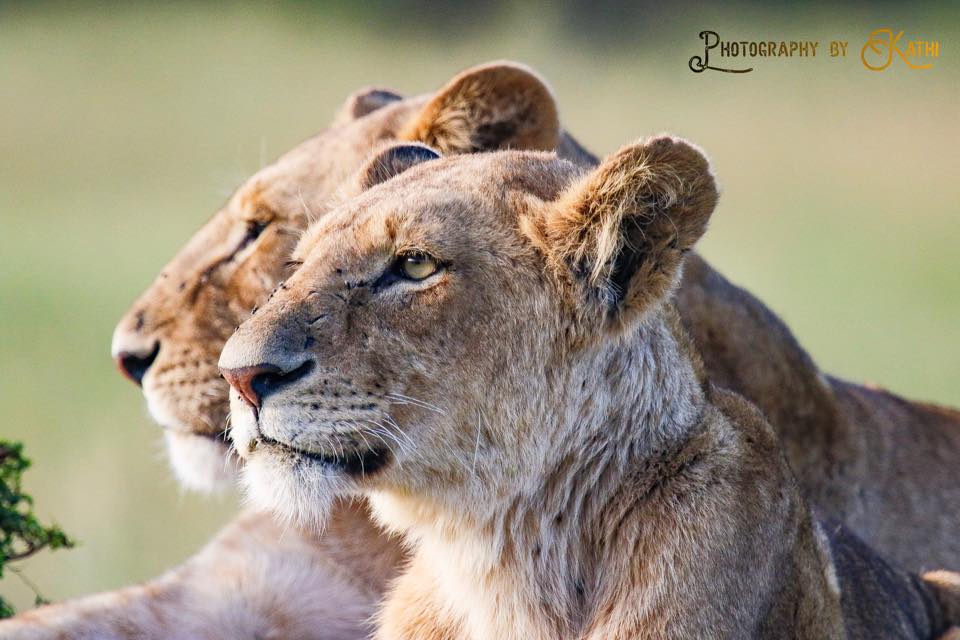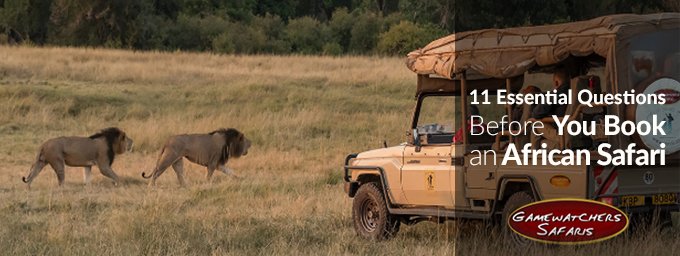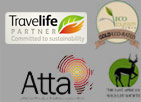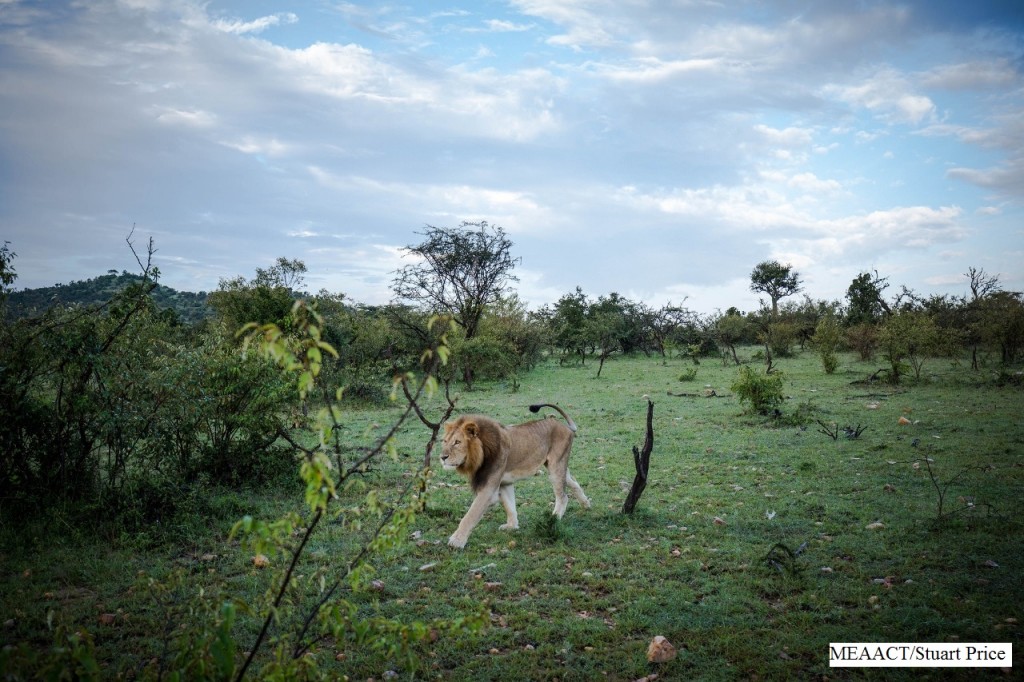
The poisoning this week-end of some of the well-known lions from the famous Marsh pride in the Mara, in retaliation for killing cows owned by Maasai cattlemen, is very distressing and is causing a huge outcry with much condemnation of the livestock owners who poisoned the carcass on which the lions returned to feed.
If lions, other predators and wild grass-eating herbivores are to be conserved in the Mara eco-system and other parts of Kenya then the two key things that need to be done are:
(1) providing enough protected habitat in which the wildlife can live in safety in the parks and reserves as well as the dispersal areas beyond, and
(2) taking action to mitigate the human-wildlife conflict which is increasing as a result of wild animals ,especially predators, being viewed by many in the local community simply as pests which should be eliminated.
The action required to achieve this is to make it financially advantageous to the people living next to the parks, reserves and wildlife conservancies to value the wildlife and to be committed to keeping it alive, through providing jobs and livelihoods, payment of rents for using land for wildlife and also finding ways of conserving pastureland for livestock to enable the livestock owners to continue being able to make a living from their herds so that pressure is taken off the parks and reserves which will otherwise end up as the only places where there is open savannah grassland suitable for livestock grazing.
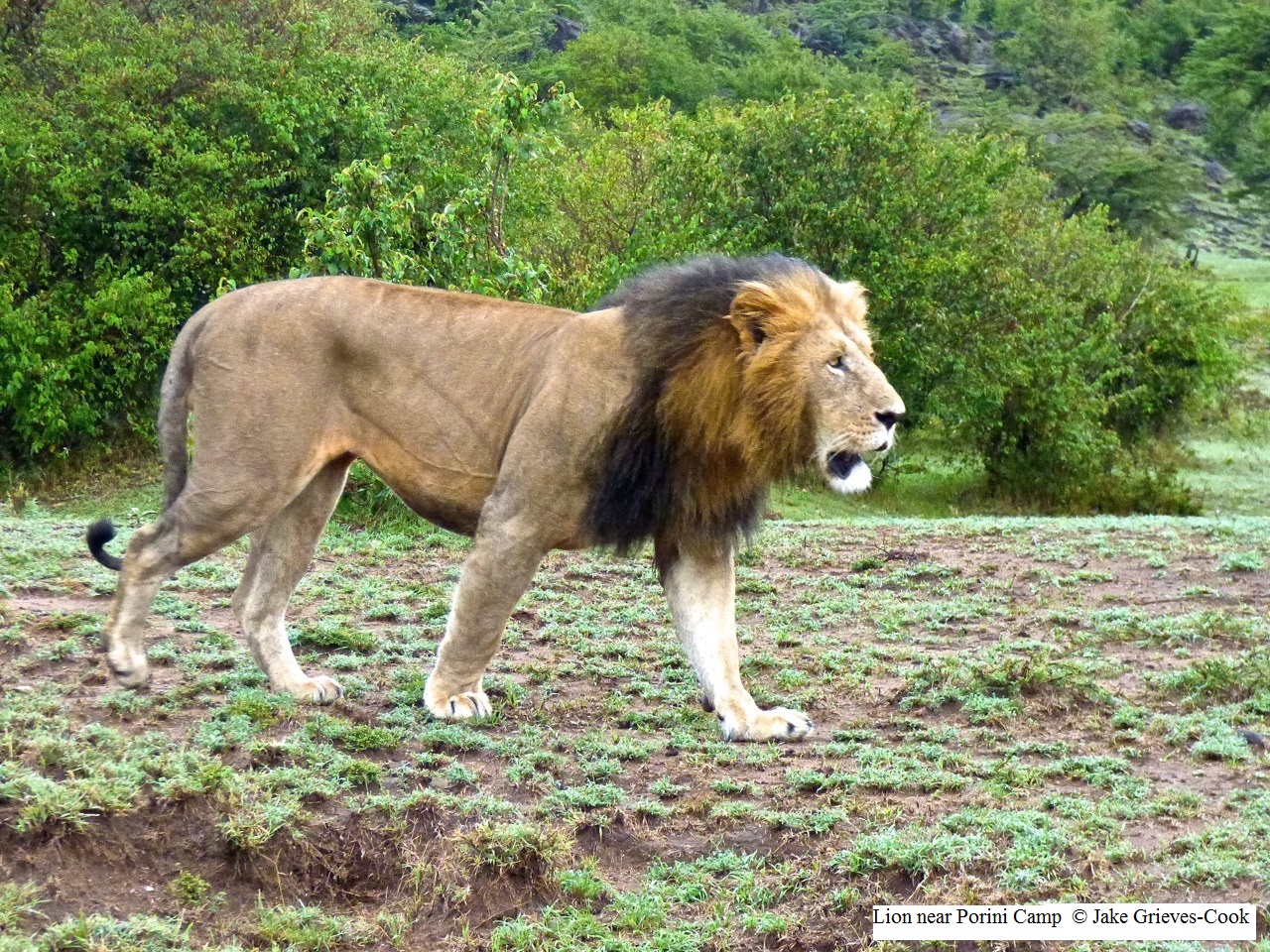
In a recent interview in Swara magazine, our CEO, Jake Grieves-Cook addressed these points, and it may be timely to review some of his comments now in the light of what has just happened:
“The Mara is still a world class safari destination and offers wonderful wildlife viewing for visitors. However a serious challenge is posed now by the fragmentation of the former group ranches and community lands beyond the conservancies. The sub-division of this vast area into thousands of small plots owned by individuals has meant that the traditional nomadic pastoralist lifestyle of the local people has had to change. Pasture land and communal grazing areas are being lost as they become individually owned, fenced off, sold to developers and speculators, or turned into sprawling peri-urban settlements and trading centres. Livestock herders no longer have the same areas available for their cattle to graze and are being forced to look for free grazing in the Reserve and the Conservancies.
What is urgently needed is for areas to be set aside to protect livestock rangeland for cattle in the same way that the conservancies have been established for wildlife. Unless this is done now, within a few years there will be nowhere left for many of the Maasai livestock owners for grazing by their herds of cattle, sheep and goats. This will cause a huge pressure on the wildlife habitat in the Mara Reserve and the new conservancies with the very real threat of serious environmental degradation through over-grazing by livestock in the remaining areas available to them.
The conservancy movement has shown how savannah grassland can be conserved and set aside for wildlife to generate an income and livelihoods for the landowners and we need a similar movement to conserve pastureland for the Maasai livestock so that we do not end up with a situation where the only grazing left is in the areas meant to be for wildlife. There is also a need for changes to the form of livestock husbandry with a greater emphasis on smaller herds but higher quality livestock and use of feedlots and hay as an alternative to nomadic grazing.”
on Friday 11th December 2015 at 02:45




